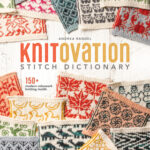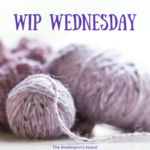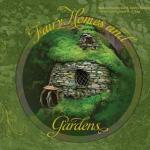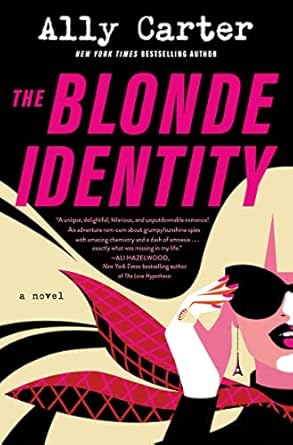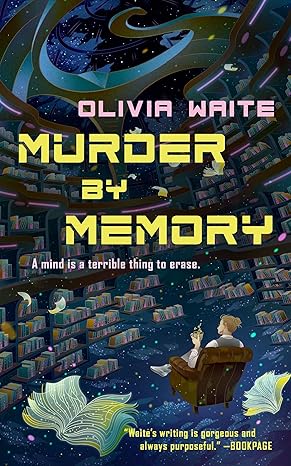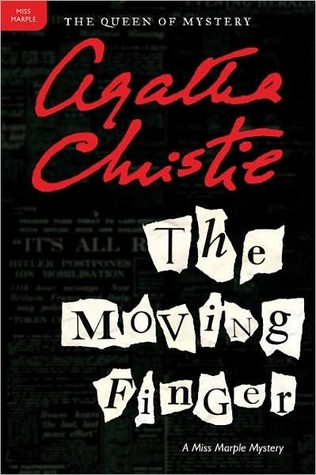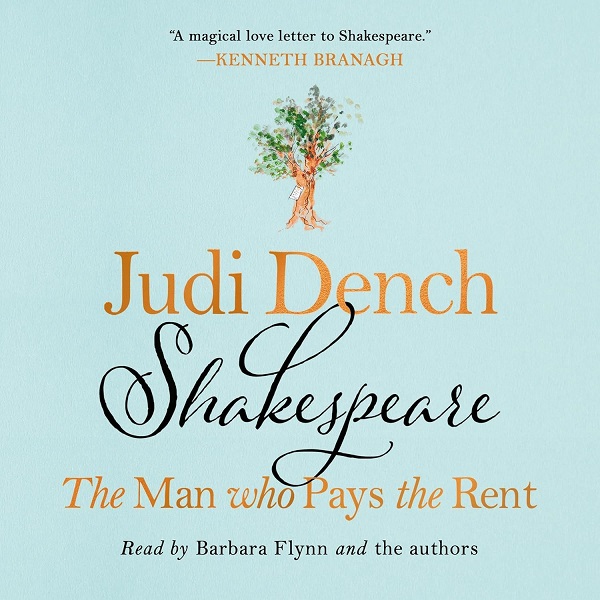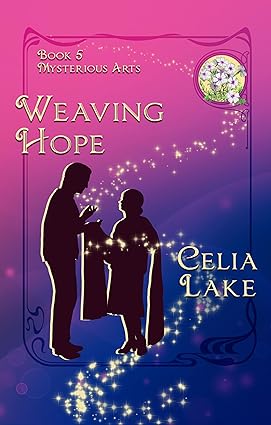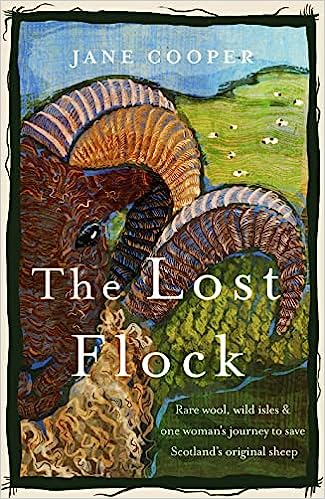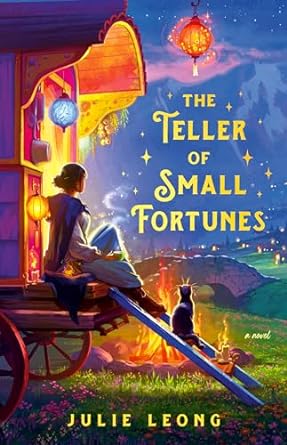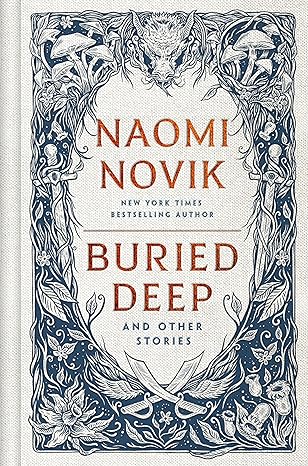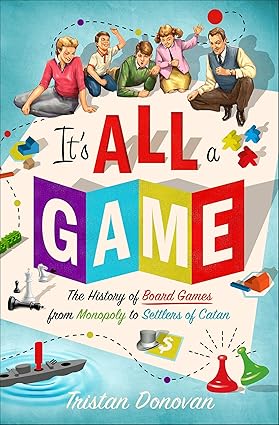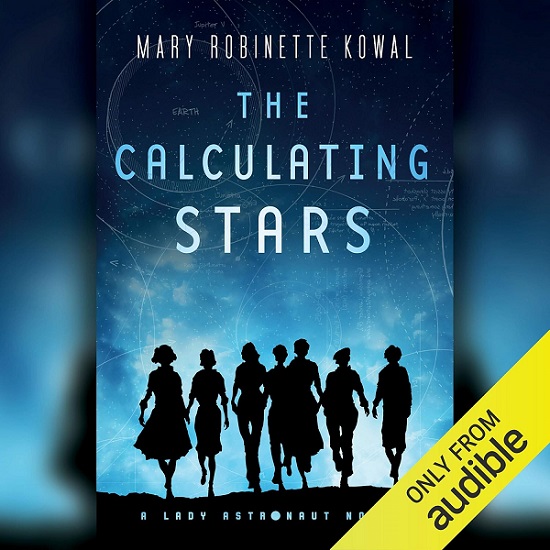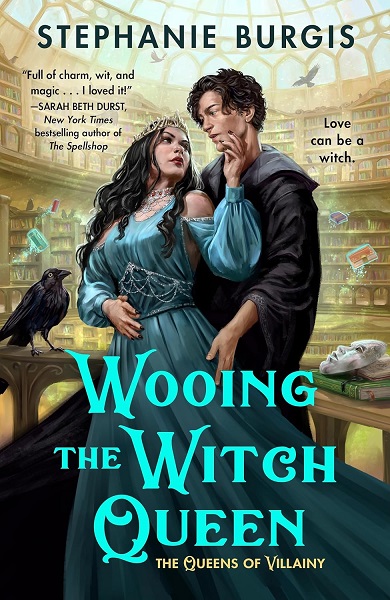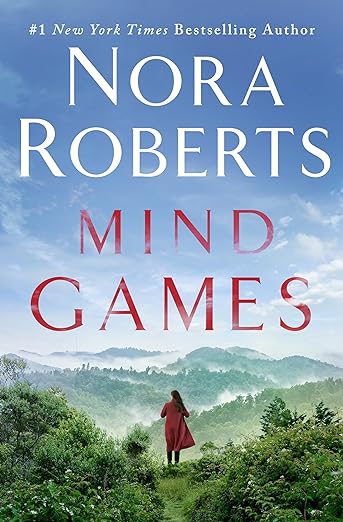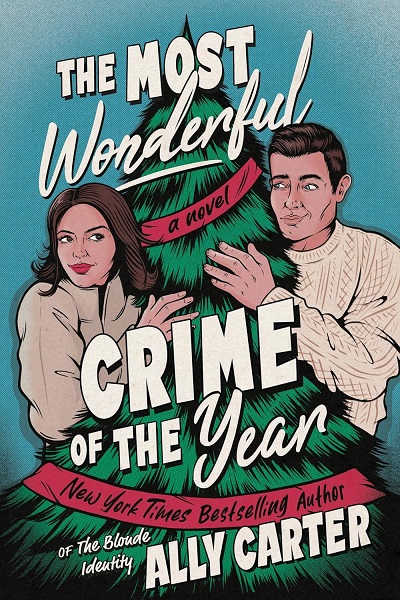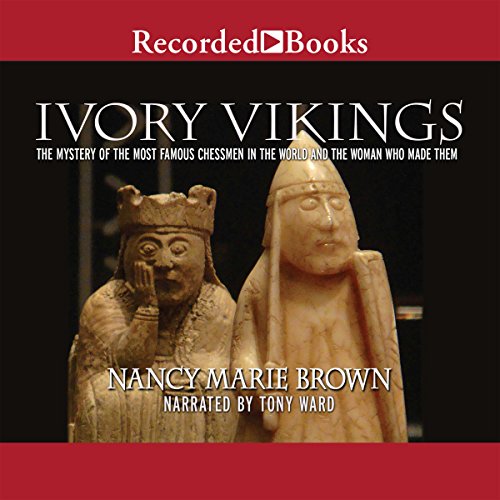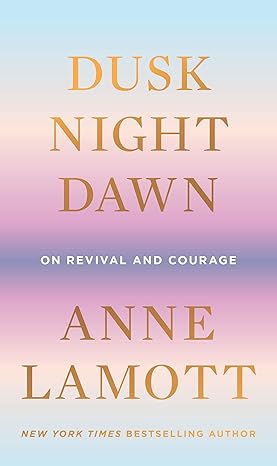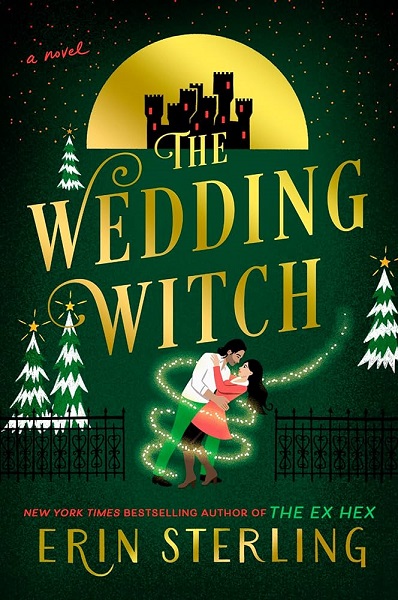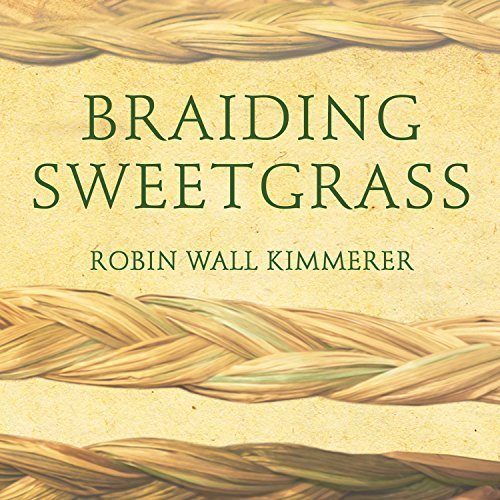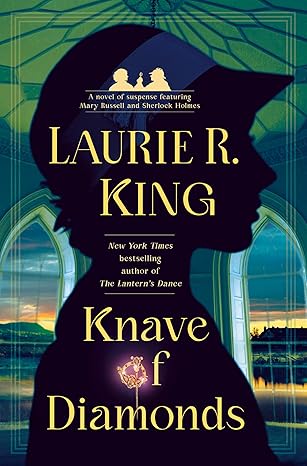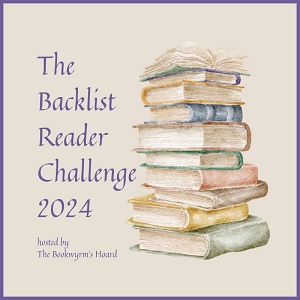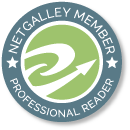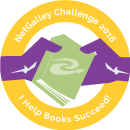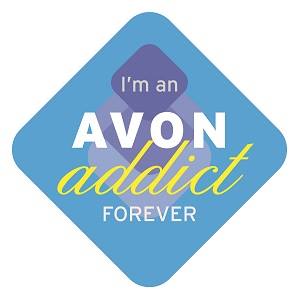 Knitspeak by Andrea Berman Price
Knitspeak by Andrea Berman Price Published by Harry N. Abrams on September 1, 2007
Genres: Crafts
Pages: 224
Format: Hardcover
Source: the author
Purchase: Amazon | Barnes & Noble
Add to Goodreads

This handy guide unravels the mysteries of terms, symbols, and abbreviations to make pattern reading easy for knitters of all levels.
Knitting can be a challenging craft, but even more challenging than knitting itself is the cryptic language—a mix of abbreviations, numbers, jargon, punctuation marks, and other symbols—in which patterns are usually written. It’s no wonder so many beginners (and even some whose skills are quite advanced) are intimidated by the bewildering code—or that so many yarn-shop owners grow frustrated by the amount of time they must spend deciphering patterns for the uninitiated.
Enter Knitspeak, a knitter’s dictionary that disentangles the mysteries of pattern language and translates it into plain English, helping knitters to easily transition from confused to confident. Andrea Berman Price’s essential guide—written in a friendly, reassuring tone and formatted for quick reference—begins with an overview of how knitting patterns are organized. It then offers a comprehensive alphabetical listing of all the abbreviations, words, phrases, and symbols typically encountered in patterns.
Knitspeak’s many easy-to-understand drawings clarify basic and not-so-basic needle techniques, and a series of sidebars deals with issues ranging from keeping track of simultaneous shaping to substituting yarns and reading a yarn label. The book’s appendix is filled with valuable tips, charts, and worksheets.
I received a review copy of this book from the author.
Review
Andrea Berman Price coined the term “Knitspeak” for the language of knitters, a language comprised of knitting terms and the mysterious (to beginners) abbreviations used in knitting patterns. As Price herself remarks, knitters who have learned the basics of cast-on, knit, and purl are often baffled when they try to knit something more complicated than, say, a scarf. What does k1f&b mean? Or M1R? How do you read a pattern chart? And what’s a provisional cast-on?
Realizing that knitting books are usually aimed either at rank beginners or at experienced knitters, but rarely at the knitter-in-between, Price set out to remedy this lack. Knitspeak: An A to Z Guide to the Language of Knitting Patterns is exactly what its title implies, and more. The introductory section discusses how to read a pattern (including conventions such as directions for different sizes, and common assumptions), tips on how to keep track of where you are, and even copyright rules as applied to knitting patterns. The main portion of the book is an alphabetical glossary/dictionary of common knitting terms, symbols, and abbreviations. In this section you will find explanations, instructions, and diagrams for everything from pattern abbreviations (k1f&b) to cast-on methods to a variety of knitting tools. The appendix includes helpful information about yarn (substitution guidelines, reading labels, estimating how much you need), tips on dealing with mistakes (picking up dropped stitches, ripping back), charts for needle sizes and metric/imperial conversions, and some useful sample worksheets.
As an intermediate knitter who is firmly in the target audience, I love this book, and only wish I had discovered it sooner. It would have saved me a great deal of frustration! In short, it’s like having a knitting tutor or mentor you can stash in your project bag and take wherever you go. I highly recommend Knitspeak to all knitters of advanced-beginner to advanced-intermediate experience.
*****
Full disclosure: Andrea Berman Price is a new friend. She sent me her book after she discovered that I enjoy knitting. Many thanks, Andrea!

